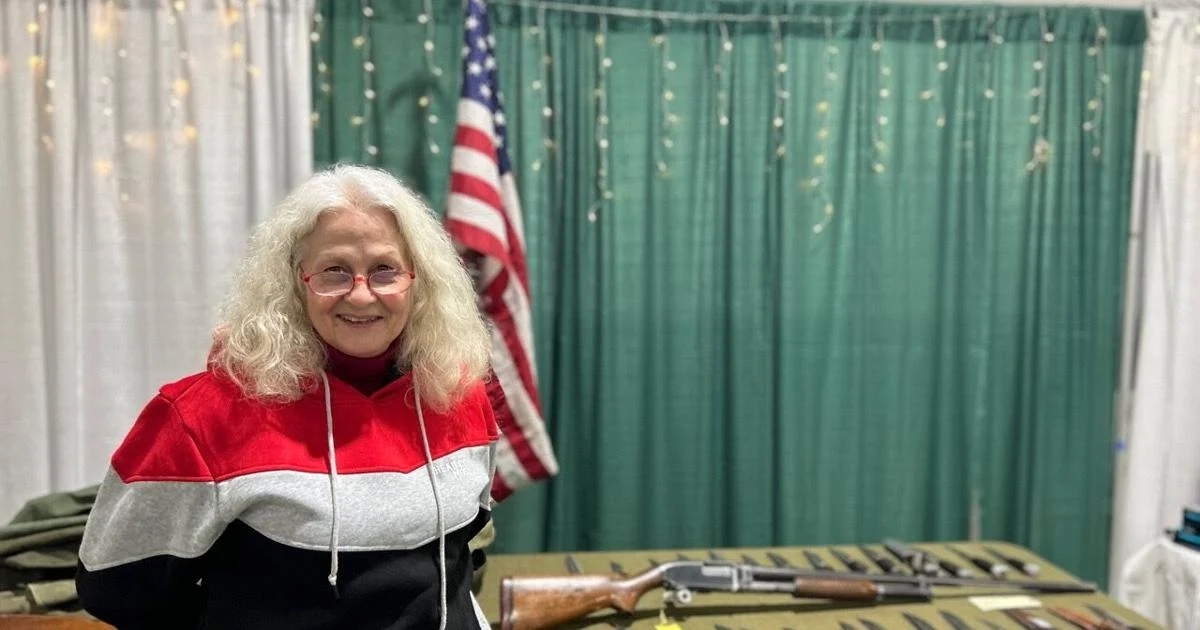Rec Sports
Deputies investigating incident that caused panic at Pace youth sports complex
PACE, Fla. — An incident Thursday evening at a Pace youth sports complex sparked reports of an active shooter and sent families running.
It’s now under investigation by the Santa Rosa County Sheriff’s Office.
It happened at Pace Athletic Recreation Association (PARA) on Chumuckla Highway.
PARA said on Facebook that a man threatened to shoot an umpire and implied he had a gun in his truck.
“We had a situation where an individual threatened an umpire that if he followed him to his truck, he would get his gun and shoot him,” PARA said. “That individual then left the park. There were no gunshots. Law enforcement was contacted immediately due to the threatening comment.”
The Santa Rosa County Sheriff’s Office responded to the incident and also confirms there was no shooting.
Witnesses tell WEAR News the confrontation sent kids and parents into a panic, and the ball park was evacuated. Several comments and posts on social media called the incident “traumatizing.”
No one has been arrested for the incident at this time.
The sheriff’s office said Friday morning that it is actively investigating the incident and that it is “committed to keeping the public informed and will share updates as they become available.”
Check back here for updates.
Rec Sports
Kalin Badgley Excels in Baseball While Defying Gender Norms – The562.org

Photo via Jared Blais/MLB Photos.
For as long as she can remember, Kalin Badgley has always been fascinated by baseball.
Her recollection stretches all the way back to being a six-year-old girl playing co-ed tee-ball—one of just a few girls in her very first organized league. An old, low-res picture captures it best: Athletics shirt on, trophy in hand, and chocolate frosting edged around a wide grin.
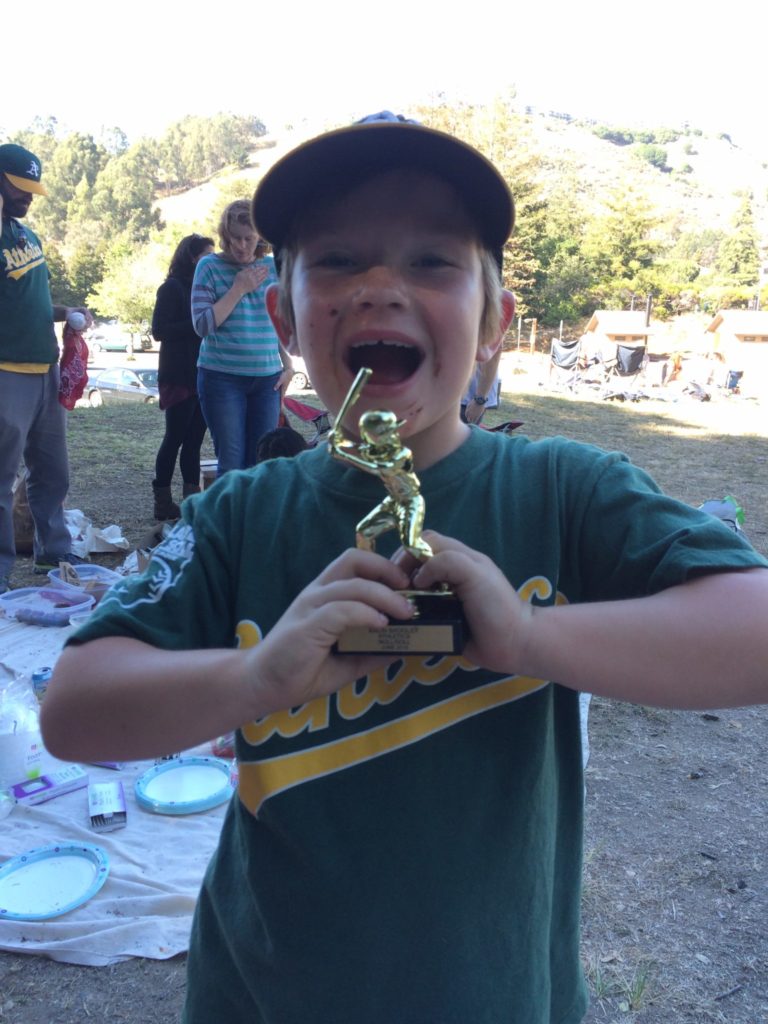
“We had just won,” she recalls. “There’s a big smile on my face, and it was just the fact that I was able to put on a jersey with the same big name as the MLB team on TV. That was pretty cool. That was when I knew that baseball was my sport.”
A decade later, the 17-year-old was recently on the field at Game 2 of the MLB World Series in Toronto, where she was recognized as one of the MLB Youth Academy Players of the Year. Badgley is now gearing up to become the first girl to ever play varsity baseball at Wilson, but perhaps her biggest accomplishment was daring to challenge the boundaries of what most still consider a boys’ sport.
Her father, Jamie, would know about that challenge best. While signing his daughter up for various baseball leagues, he was often met with dismay from fellow parents at the idea of her playing alongside their little boys. Whether out of negative intent or just curiosity, the same question always arose: Why doesn’t she just play softball?
“She gets asked that question frequently in various forms, but I think the real answer is that Kalin is simply just a baseball player,” Jamie said. “She never had a desire to play softball. Her passion was always playing baseball.”
Luckily, Badgley says she was embraced by all of her youth baseball leagues. Originally from Berkeley, her family moved back to her dad’s hometown of Long Beach in 2016, where she started playing in Long Beach Little League as a third grader. After four years there, she went on to make a Heartwell PONY team, where she played from 2021–22, developing primarily as a southpaw pitcher and first baseman.
“It was great that I ended up here in such a great baseball community,” she said. “[Youth baseball] wasn’t as big in the Bay Area, but coming down here in Long Beach I definitely felt welcomed with open arms.”
As for her father, Jamie was often met with the occasional strange look from a parent, but aside from that, he was pleasantly surprised by the reactions.
“I’ve heard bad stories from people, but I’m happy to say that it wasn’t that,” he said. “They were all very open to having girls play in the leagues. The coaches were very open and the players embraced her.”
But soon enough, reality started to settle in for Badgley. The physical disparities between her and the boys around her became more apparent, and as their height and strength grew, so did the stigma around her continuing to play baseball. Growing alongside all of that, though, was the chip on her shoulder to work even harder.
“If I’m not going to be as tall as a guy, then I’m going to work harder than him,” she said. “I’m going to do a little bit extra—maybe that’s even just cleaning up the field after practice. If he doesn’t do that, then I’ll do it. Maybe I can get a little bump ahead of him even though I might not have the inches over him.”
When it was time to try out for freshman baseball at Wilson, Badgley was nervous about how her new coaches might react. For Wilson head coach Andy Hall, there isn’t much he hasn’t seen in 25 years of coaching at the school—he’s coached first-round MLB Draft picks as well as CIF-SS and national championship teams. But a girl making his team was certainly a first.
“When she came to camp before her ninth grade year, I was very impressed by her skill,” Hall remembers. “Baseball is a sport where you either have the skill or you don’t. If you do, it’s about having the work ethic behind it to develop the skills, and she certainly has a tremendous work ethic.”
Badgley’s nerves were quickly calmed, and she easily grew comfortable during her freshman year at Wilson.
“Luckily, I was alongside every guy that I had played with growing up in Little League,” she said. “They all knew me and everyone was super supportive, so that definitely helped. And fortunately, the coaches at Wilson were super open to having me on the team.”
In February of 2023, during Badgley’s freshman year, she decided to try out for the Elite Development Invitational, a prestigious camp held by MLB Develops that invites 64 of the top girls’ baseball players across the nation. Badgley ended up making the camp that year, but more importantly, she developed a relationship with the staff at the MLB Youth Academy in Compton.
That’s where she’s continued to train throughout high school, and it’s where she discovered a place filled with girls who shared her passion for baseball. It’s also where doors began to open for her, including being named one of the MLB Youth Academy Players of the Year and receiving a once-in-a-lifetime opportunity to be honored on the field at Game 2 of the World Series in Toronto.
“It’s amazing that I got introduced to the real world of women’s baseball at a small little camp in Compton, and two years later I ended up being honored at the World Series,” she said. “It was really just amazing to see how much representation I finally got, but more importantly all women in baseball.”

Badgley is now preparing for her first season on the varsity team at Wilson this spring after spending a couple of years on frosh/soph and junior varsity. She joins a Bruin squad fresh off its first Moore League title since 2017, with a larger roster than in recent years. Still, Badgley’s mindset remains the same.
“She knows her strengths and weaknesses as a player and she’s worked hard to develop those so she can be valuable to our team,” Hall said. “She realizes that her role might be limited, and I’ve even told her a few times that the softball team would love her. She tells me that it’s just not where her heart is. She loves baseball.”
As women’s sports continue to grow rapidly across the country, new opportunities are emerging for women every year. Trailblazers like Mo’ne Davis, who made history at the 2014 Little League World Series, helped spark a national conversation about girls in baseball and opened the door for developments like the new Women’s Professional Baseball League launching in 2026.
With those opportunities have come new role models for young girls. Take one of Badgley’s favorite female baseball players, Kelsie Whitmore, who was recently drafted first overall by San Francisco in the new pro league. Badgley recalls a recent Instagram post from Whitmore showing little girls wearing her jersey for Halloween—something almost unimaginable just a year ago.
“I found that so inspiring,” Badgley said. “I think that’s such a big thing with all the opportunities for women to showcase their talent in baseball. Now there’s little girls and even little boys that can wear a woman’s baseball jersey instead of just the big A’s jersey that I was wearing as a kid.”
Badgley is keeping an open mind about playing professionally someday, whether that means making the USA Women’s National Team or the new league launching next year. But whether baseball remains in her future or not, it’s safe to say that Badgley has done her part for those who come after her.
“There’s women who have been there since the beginning of women’s baseball and the rise of women’s sports in general. There’s women who have been playing and fighting for women’s baseball for 20 years now, and it’s just amazing that I’m able to be a part of it now. This is so much bigger than me.”
Rec Sports
Capitals Street Hockey League Coming to Germantown
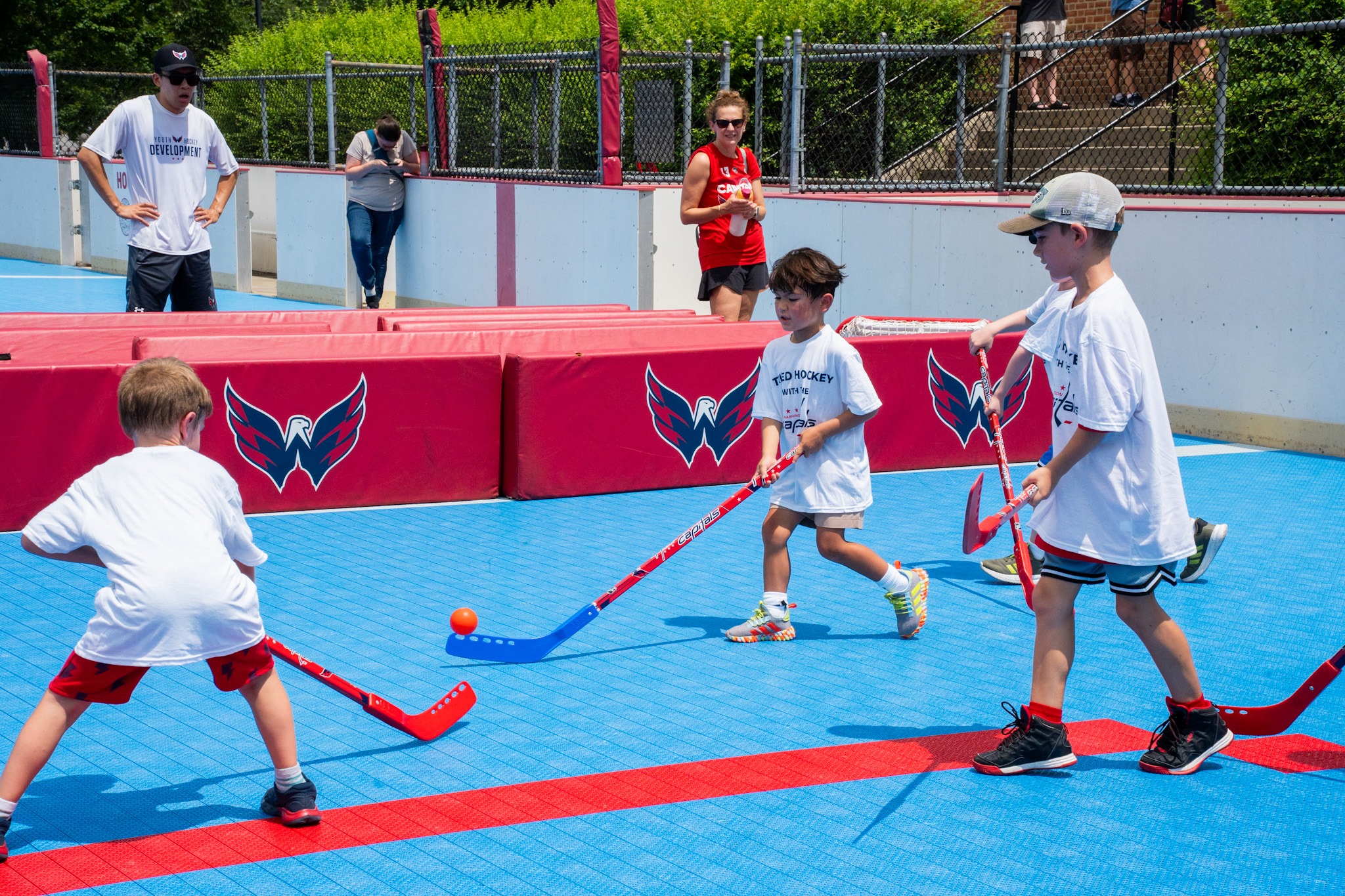
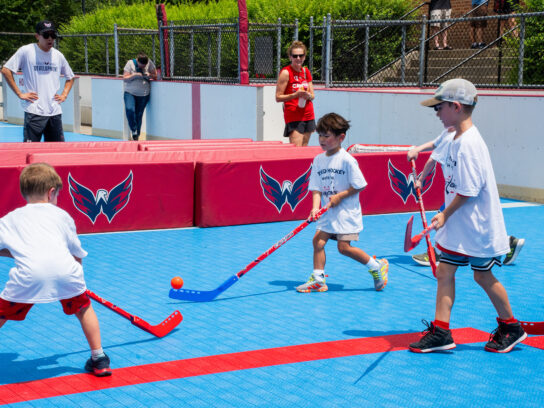
The game of hockey continues to grow and draw interest among kids and the Washington Capitals are doing their best to carry that momentum by introducing the Capitals Street Hockey League (CSHL) as part of the professional team’s Street Caps platform. There will be leagues for players across three age divisions held at Germantown’s Ridge Road Recreational Park and it will run from March through May 2026.
Interested players may register as a team or individual. Each team will have at least six players and no more than 10.
This new co-ed league is open to the public and allows kids ages 5-12 the chance to put their skills to the test in a fun, low-stress environment. No prior hockey experience or gear is required to participate.
According to USA Hockey, there’s been significant growth in participation in the Washington, D.C., area since Caps superstar Alex Ovechkin was drafted back in 2004. The total number of USA Hockey-registered players (youth and adult) in the Washington D.C., area climbed more than 186 percent from the 2005-06 season through 2024-25, and 70% across the region as a whole during the same time frame.
The Caps Youth Hockey programming is focused on providing pathways for kids to participate in street hockey. To learn more about Caps Youth Hockey Development street hockey programs, visit CapsYouthHockey.com/StreetCaps.
Rec Sports
Alaska Youth Education in Shooting Sports gun show this weekend | Local News
Rec Sports
With Kyle Tucker’s likely exit, Craig Counsell seems comfortable with youth movement

ORLANDO, Fla — As if there was any more confirmation needed that Kyle Tucker wouldn’t be returning to the Chicago Cubs, manager Craig Counsell only reinforced the idea. When talking to members of the media Tuesday afternoon at the Signia by Hilton in Orlando, Counsell sure sounded like someone prepared to manage a team that didn’t include Tucker.
“From a position player standpoint, the loss right now is Tucker obviously,” Counsell said. “The rest of the group is back and likely with us.”
This shouldn’t come as a surprise to anyone paying attention. Tucker is expected to get the largest contract of the offseason. While multiple teams have been linked to the star right fielder, there has been nary a mention of the Cubs. Perhaps if the unexpected happens and Tucker’s market lingers into February, the Cubs will entertain a short-term deal should Tucker be willing. That seems unlikely at the moment.
Whether it’s the right move or not is a separate discussion, but it has been clear for a while now that Tucker would find the big-money contract he’s seeking elsewhere.
The front office has been clear that upgrading the pitching staff would be the priority. Both the bullpen and rotation are areas where the Cubs will look to improve, but even if it’s not at the top of the to-do list, adding a more established bat to the roster to make up for losing Tucker can’t be ruled out.
“You’re just trying to fortify the roster as a whole,” Counsell said. “You can think about it in different ways. But I think more depth from a position player standpoint would be helpful, absolutely. I do think we were extremely healthy there last year, so more depth there is important.”
Team president Jed Hoyer has said he’d prefer not to have young players sitting on the bench, so depth can’t come at the expense of player development. Counsell doesn’t seem to be pounding the table to add an established bat to the mix, not publicly at least. Building a better bench than last season seems important to everyone in the organization, but adding no-doubt offensive production won’t be forced.
That doesn’t mean it won’t happen, but Counsell seems intrigued by the idea of getting more playing time for young players, in particular Moisés Ballesteros and Owen Caissie.

Seiya Suzuki’s recent performance has made him one of the players the Cubs could lean on to help fill Tucker’s shoes. (Michael Reaves / Getty Images)
“We have young players that did contribute in a big way,” Counsell said. “I thought Moisés gave us the offensive production of Tucker essentially in the month of September. Between him and Owen, who was unfortunately hurt for most of that month, those are two important players as we sit right now.”
Ballesteros ended the season with a 143 wRC+ in 66 plate appearances. All but 20 of those came in September when he posted a 177 wRC+ and delivered four of his five extra-base hits on the season. Ballesteros got that playing time after Caissie went down with a concussion and Tucker was on the shelf with a calf injury that cost him most of September. The young DH/catcher parlayed that performance into a spot on the playoff roster.
“He’s at the point where if he can help the major-league team, he’s going to be in the major leagues,” Counsell said. “There’s not an everyday catching job in the major leagues for him. But as we’re constructed right now, we’ve got room for at-bats, so I would prioritize the major leagues right now. But that could change with roster stuff.”
Ballesteros’ September looked remarkably similar to what he’s shown for much of his minor-league career: a high-contact bat who can take walks and can hit the ball hard to all parts of the field with legitimate extra-base pop. Caissie didn’t get an extended opportunity to show what he can do, but that could change in 2026. He brings elite power to the table but also plenty of swing-and-miss concerns.
Counsell was also very complimentary of Seiya Suzuki, who had an offensive power breakout in the first half before hitting an extended slump that ended just in time for a brilliant postseason. The veteran had a career-high 32 homers and .233 ISO, then hit three home runs and three doubles in eight playoff games.
“I’m really happy for Seiya with how he performed in the playoffs,” Counsell said. “He was a very dangerous hitter and showed what he can do and the impact he could have.”
Due to Tucker’s injury, Suzuki was able to get a decent amount of playing time in right field down the stretch, something Counsell said Suzuki “did a really good job” handling. This, after a 2024 where Suzuki seemed to lose his confidence in the field and eventually his job there to Cody Bellinger and, of course, Tucker this past summer.
Even if there isn’t an impactful, established bat added to this roster, Counsell sees a pathway to a strong offense, but there’s an obvious risk. Michael Busch’s breakout has to be real. It felt as much considering that, like Suzuki, he dominated in the postseason and truly built upon a solid first season with Chicago in 2024.
Pair that with Suzuki, the continued development of young players like Matt Shaw and Pete Crow-Armstrong, along with less-established kids in Ballesteros and Caissie, and there is hope that the group can be dynamic even without Tucker.
“It’s a tough league,” Counsell said. “Even the veteran players can struggle. You see in giving young players opportunities, they’re the guys that are going to improve as the season goes and turn into better players. Then turn into very important players on your club.”
There could still be an addition that moves the needle on offense, but the Cubs also seem prepared to go with a youth movement if the right acquisition doesn’t come along. Counsell understands that with youth, the production may not happen immediately. However, after watching these things happen in Milwaukee and across the league with various other strong organizations, he trusts that patience with the kids will pay off.
“You have to be patient with those opportunities,” he said. “You have to create the opportunities for players of that caliber.”
Rec Sports
NFL Teams Approve $32 Million Investment in Professional Flag Football League
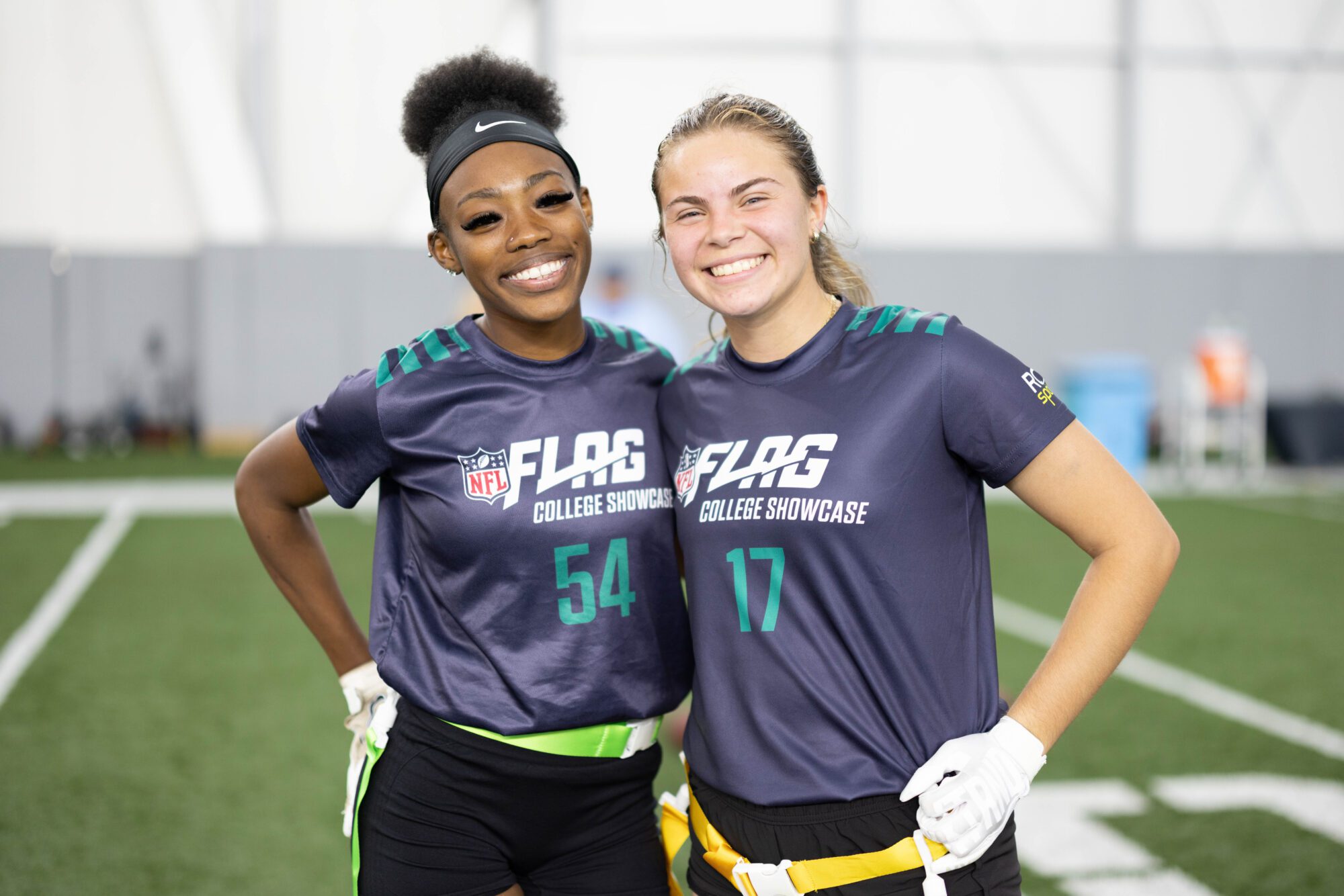
Key Takeaways
- NFL teams unanimously voted to invest $1 million each, totaling $32 million, to develop and launch a professional flag football league with both men’s and women’s teams.
- The league intends to sell media rights for the venture and expects to begin play after the 2028 Summer Olympics, where flag football will make its Olympic debut in Los Angeles.
- Two potential operating partners have emerged: TMRW Sports, founded by Tiger Woods and Rory McIlroy, and a group led by former NFL running back Curtis Martin with former Bucks part-owner Marc Lasry.
- Flag football participation has reached 20 million players worldwide, with 2.4 million kids under 17 playing organized flag football in the United States.
- The sport is now offered at the high school level in 38 states, with hundreds of colleges and universities also providing flag football programs.
Financial Commitment Marks Strategic Expansion
NFL teams took a definitive step into professional flag football Wednesday, voting unanimously to invest up to $32 million in the development and launch of a new pro league. The virtual vote during a league meeting authorizes 32 Equity, the NFL’s investment arm, to enter into an agreement with an operating partner for the planned league.
Each of the league’s 32 teams is committing $1 million to the venture. A source familiar with the matter confirmed to Front Office Sports that the approval was unanimous, signaling broad support across ownership groups for expanding the NFL’s footprint in flag football.
Troy Vincent Sr., executive vice president of football operations for the NFL, described the vote as “a critical step in establishing flag football as a premier global sport.” Vincent added that the league is “developing the infrastructure to accelerate the game’s growth to new heights by creating a clear pathway for aspiring athletes to progress from youth and high school programs through college and now to the professional level.”
Partnership Landscape Narrows to Two Contenders
The NFL has been fielding inbound interest from potential partners for months. In May, a source familiar with the league’s thinking told Front Office Sports that “more than a dozen parties” were still in consideration. By October, according to Bloomberg, that field had narrowed to two finalists.
The first is TMRW Sports, the company founded by professional golfers Tiger Woods and Rory McIlroy that launched the indoor golf league TGL. The second is a group led by former NFL running back Curtis Martin that includes former Milwaukee Bucks part-owner Marc Lasry.
An NFL representative told Front Office Sports Wednesday that the league is “not commenting on specific partners at this stage, but there has been tremendous interest in the marketplace in developing a professional flag football league.”
The structure under consideration involves an entity that the NFL supports financially but does not directly operate. This approach allows the league to leverage its brand and resources while enabling specialized partners to handle day-to-day operations.
Olympic Timing Shapes Launch Strategy
The NFL’s push into professional flag football aligns with the sport’s debut at the 2028 Summer Olympics in Los Angeles. Flag football will be included in the Olympic program for the first time, creating a global stage and potential inflection point for mainstream adoption.
While the NFL didn’t specify an exact launch date for the new league, the expectation is that play will begin sometime after the 2028 Summer Olympics conclude. This timing positions the league to capitalize on heightened visibility and fan interest generated by Olympic coverage.
In February, NFL commissioner Roger Goodell said the league was exploring both men’s and women’s pro flag leagues. A source familiar with the matter told Front Office Sports Wednesday that there will be one league featuring both men’s and women’s teams. The NFL also intends to sell media rights for the venture, creating additional revenue streams and broadcast exposure.
Earlier this month, the New York Jets committed $1 million to a new women’s college flag football venture from the Eastern College Athletic Conference, which will begin play in February. That commitment was made through a grant from The Betty Wold Johnson Foundation, a philanthropic organization named for the mother of Jets owner Woody Johnson.
Participation Growth Validates Investment
Youth and recreational flag football participation has expanded substantially in recent years. The International Federation of American Football, the global governing body responsible for growing American football worldwide, reported earlier this year that 2.4 million kids under 17 are playing organized flag football in the United States, with millions more participating internationally.
Overall, 20 million flag football players exist worldwide, according to the NFL’s Wednesday statement. The sport has gained traction at the high school level, now offered in 38 states. Hundreds of colleges and universities also provide flag football programs, creating a pipeline of experienced players who could transition to professional competition.
This participation base provides the NFL with both a talent pool and a built-in audience for a professional league. The growth spans demographics, with particular momentum among girls and women. Many state athletic associations have added girls’ flag football as an official high school sport, addressing long-standing gaps in athletic opportunities.
Strategic Implications for Youth Sports Market
The NFL’s commitment to professional flag football represents a calculated expansion into a segment of the sports market with lower barriers to entry than tackle football. Flag football requires less equipment, carries reduced injury concerns, and can be played in smaller venues, making it more accessible to a broader range of participants and communities.
The league’s investment creates a professional endpoint for a participation pyramid that now extends from youth programs through high school, college, and into the Olympics. This pathway could attract athletes who might not pursue tackle football while also appealing to those seeking alternatives to traditional contact sports.
By establishing media rights and partnerships before launch, the NFL is positioning flag football as a viable commercial product rather than a developmental initiative. The inclusion of both men’s and women’s teams in one league structure also reflects evolving approaches to gender equity in professional sports.
The $32 million investment, while substantial, is modest compared to the NFL’s overall financial scale. For context, NFL revenue exceeded $20 billion in 2024. The per-team commitment of $1 million represents a low-risk exploration of whether professional flag football can sustain itself as a business venture with sufficient fan interest and media demand.
via: FOS / YAHOO
photo: RCX Sports
YSBR provides this content on an “as is” basis without any warranties, express or implied. We do not assume responsibility for the accuracy, completeness, legality, reliability, or use of the information, including any images, videos, or licenses associated with this article. For any concerns, including copyright issues or complaints, please contact YSBR directly.

Rec Sports
Athletic Directors Head to Tampa, Florida, to Continue Focus on Education-based Programs

The busiest and most impactful people in our nation’s schools? A strong case could be made that athletic directors are the ones who keep the engines running in our nation’s schools – particularly for the more than 8.2 million participants in high school sports.
Starting Friday, about 2,500 leaders of high school and middle school athletic programs will make their way to the Tampa Convention Center in Florida for the 56th annual National Athletic Directors Conference co-sponsored by the NFHS and the National Interscholastic Athletic Administrators Association (NIAAA).
Their mission? Professional development is at the top of the list for most meeting attendees. High school athletic directors are entrusted with key leadership roles, and continuing their education helps to provide a safe and fun experience for student-athletes in their schools.
Attendees at this year’s conference have signed up for almost 1,900 Leadership Training Institute courses sponsored by the NIAAA. The 59-course topics address legal issues, as well as marketing and promotion, technology, sports medicine, mental health, hiring and mentoring coaches, emergency management, managing athletic fields and equipment, building positive culture and many more.
In addition to leadership training opportunities, 48 workshops will be offered in six sessions during the five-day conference. While there are a few workshops on topics that are making national news headlines, such as NIL Impact on High School Athletics, most of the sessions focus on ways that athletic directors can continue to emphasize the education-based nature of high school sports and other activities.
Our nation’s athletic directors are aligned with state high school associations to keep high school sports educationally focused. Athletic directors in our nation’s schools want to protect opportunities for other students, promote school and team unity, and maintain the community-based nature of high school sports.
In line with this philosophy, following are some of the workshop topics at this year’s conference: Developing and Implementing Effective Emergency Action Plans, Proactive Strategies for Partnering with Parents, Title IX Updates and Best Practices, Aligning Middle and High School Athletic Programs, Mental Health and Wellness, How to Celebrate Success of Student-Athletes/Teams/Coaches, Getting Back to the Basics of Education-based Athletics for Parents, Competing with Character: Sportsmanship in Interscholastic Athletics, among many others.
The NFHS and our member state associations, along with the NIAAA, are focused on keeping high school sports unique, and the nation’s high school athletic directors are the key individuals in our schools to maintain the educational focus. With youth leagues and travel teams geared toward specialization and winning, and college sports now driven by money and success, there is a push by some for high school sports to “be like the others.”
There’s a reason that participation in high school sports continues to rise every year – and for the overwhelming majority it has nothing to do with NIL or transferring to another school to join a winning program. As a result, the National Athletic Directors Conference continues to focus on the educational aspects of sports and other activities in our nation’s schools – because the main reason most students are involved in school activities is to participate with their friends and be part of the school’s team in the community where they live.
High school athletic directors work long hours and are not in the limelight, but they are the heart and soul of education-based programs. We salute these individuals and encourage school administrators and school boards to support athletic directors in their schools.
The success of organized sports in an education-based setting in our nation’s schools for more than 100 years has been due in large part to these individuals. Local schools depend on athletic administrators to lead their programs, our member state high school associations depend on these individuals, and the NFHS and NIAAA look to athletic directors for leadership at the national level.
Collectively and collaboratively, we can meet the challenges ahead to protect and promote education-based sports and activities.
Read all NFHS Voice columns here.
-

 Rec Sports2 weeks ago
Rec Sports2 weeks agoFirst Tee Winter Registration is open
-

 Rec Sports2 weeks ago
Rec Sports2 weeks agoFargo girl, 13, dies after collapsing during school basketball game – Grand Forks Herald
-

 Motorsports2 weeks ago
Motorsports2 weeks agoCPG Brands Like Allegra Are Betting on F1 for the First Time
-

 Motorsports2 weeks ago
Motorsports2 weeks agoF1 Las Vegas: Verstappen win, Norris and Piastri DQ tighten 2025 title fight
-

 Sports2 weeks ago
Sports2 weeks agoTwo Pro Volleyball Leagues Serve Up Plans for Minnesota Teams
-

 Sports2 weeks ago
Sports2 weeks agoUtah State Announces 2025-26 Indoor Track & Field Schedule
-

 Sports2 weeks ago
Sports2 weeks agoSycamores unveil 2026 track and field schedule
-

 Motorsports2 weeks ago
Motorsports2 weeks agoRedemption Means First Pro Stock World Championship for Dallas Glenn
-

 Sports2 weeks ago
Sports2 weeks agoTexas volleyball vs Kentucky game score: Live SEC tournament updates
-

 NIL1 week ago
NIL1 week agoBowl Projections: ESPN predicts 12-team College Football Playoff bracket, full bowl slate after Week 14


